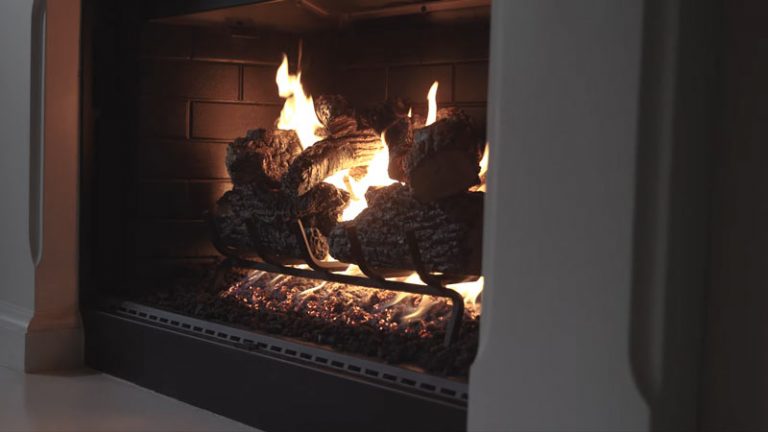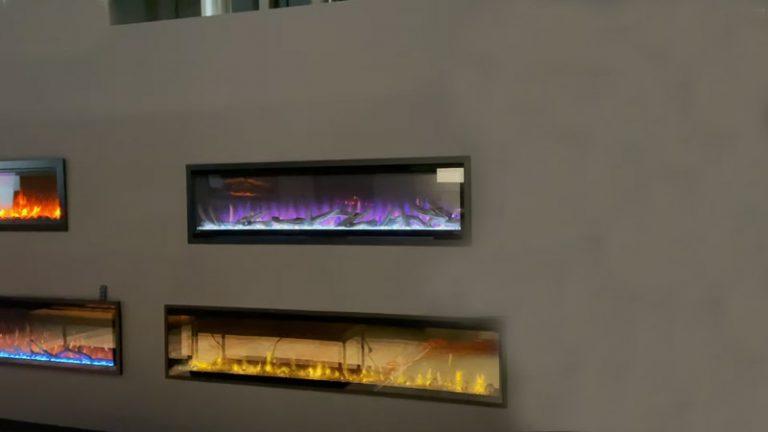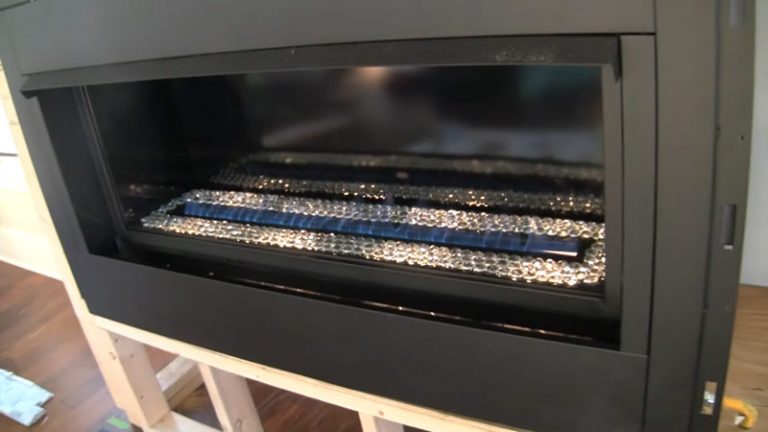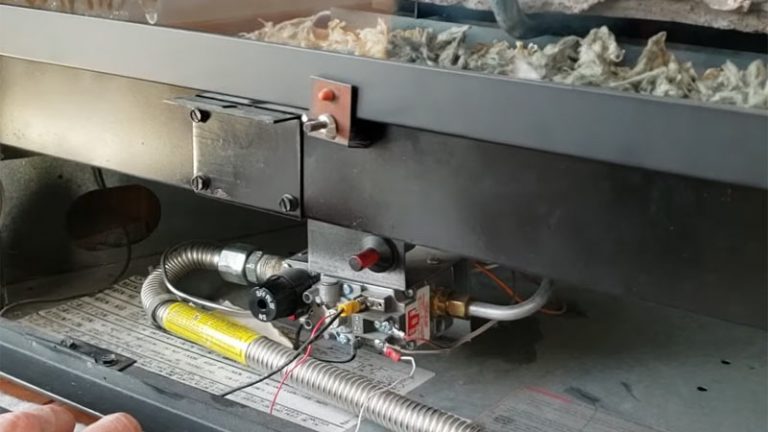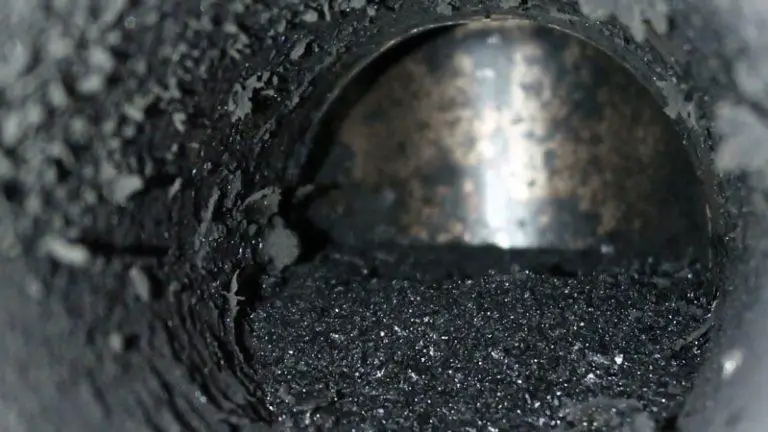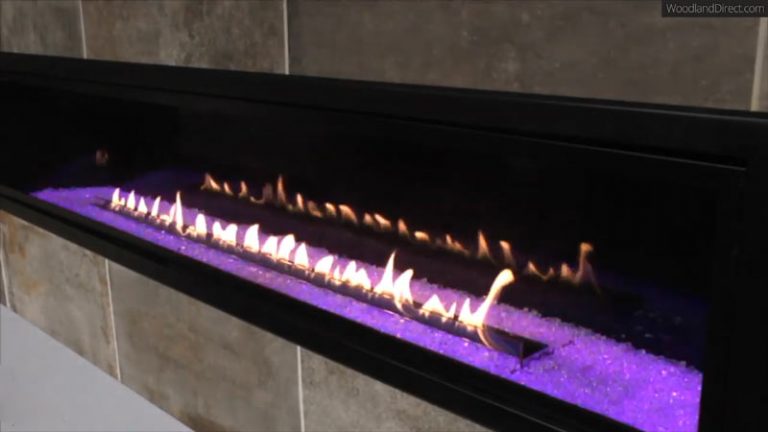What Is The Easiest Way To Clean A Chimney

Chimneys can be a source of heat and air conditioning in your home. Cleaning a chimney can reduce the chances of a fire. There are many products available to clean a chimney, each with its own benefits and drawbacks.
It’s important to use the correct method for your type of cleaner and area—a vinegar-based cleaner won’t work on metal surfaces, for example. Finally, know that cleaning your chimney is an annual task you should take care of to avoid problems down the road.
You'll Learn About
What Is The Easiest Way To Clean A Chimney?
Chimneys are a common source of heat and air conditioning in homes. Cleaning the chimney can reduce the chances of a fire, and there are many products available to clean it.
Acid-based cleaners like vinegar or lemon juice are popular methods for cleaning chimneys because they’re effective and safe for use around sensitive materials like porcelain tiles or metal components.
It’s important to use the correct method for your type of cleaner and area – if you’re using an acid-based cleaner, make sure to wear gloves and safety goggles. Always be careful when cleaning any kind of chimney; never try to climb up one yourself.
Chimneys Are A Source Of Heat And Air Conditioning
A chimney is a source of heat and air conditioning in your home. In order for the chimney to work effectively, it needs to be clean on all sides. There are several ways to clean a chimney:
- using brushes, poles, and sparklers
- boiling water
- or using an automatic Chimney Cleaner
It’s important to keep the area around the chimney clear so smoke doesn’t accumulate and cause damage Be sure to call a professional if you have any questions about cleaning or maintaining your chimney.
Can Reduce The Chances of a Fire
Cleaning your chimney can help reduce the chances of a fire. If you have a fireplace, make sure to clean it every year using an approved cleaner and spark arrestor liner.
You can also use a straw to clean out the flues and crevices around the chimney mouth – this is especially effective in cold climates. Don’t forget about the top of the chimney – regularly sweep away any debris that may have accumulated there over time, including leaves, needles, cones, etc.
Keep an eye on your smoke detectors and keep them properly serviced as well; cleaning out your chimney could result in improved function.
There Are Many Products Available To Clean A Chimney
A chimney sweep can clean your chimney for you if you are unable or unwilling to do so yourself. There are many products available that will help you clean your chimney- from brushes to flue cleaners and gels.
Make sure that the product you choose is safe for use around a fire, and read the instructions carefully before using it. Cleaning your chimney should be done every year in warm climates and every two years in colder climates to avoid any dangerous build-up of debris or frost on the inside of the Chimneys walls.
Always wear appropriate safety gear when cleaning a Chimney, including gloves, eye protection, and a respirator.
Acid-Based Cleaners
Acid-based cleaners, such as vinegar or lemon juice, are popular methods for cleaning chimneys. These cleaners remove soot and residue from the chimney without damaging the brickwork or masonry.
You can use acid-based cleaners to clean your fireplace every year or whenever you notice buildup on the flue liner. Make sure that you read and follow all safety precautions before using these cleaners around a fire.
Keep in mind that acid-based cleansers can damage wooden surfaces if used incorrectly.
Use the Correct Method
Cleaning a chimney can be easy with the right methods and cleaners. For soot and creosote, use an acid-base cleaner or a commercial chimney sweep kit. If you’re using a water-based cleaner, make sure to rinse the area well before lighting your fire again.
Never use ammonia for cleaning purposes; it’s toxic and corrosive. Be careful not to damage your masonry when cleaning your chimney – follow these simple tips to avoid accidents
What is the easiest way to clean a chimney at home?
There are a few different ways to clean a chimney at home. One of the easiest is to use an electric fireplace cleaner. This device uses powerful magnets to pull dirt and ash from the top of the chimney.
There are a few easy ways to clean your chimney without having to hire a professional. One method is to use vinegar and baking soda. Fill a tub with hot water and let the filters sit in the solution for two hours.
After that, rinse them with clean water and wipe them clean afterward. Salt and baking soda may help to keep molds at bay.
What can you burn to clean your chimney?
There are many things you can burn to clean your chimney. Some of these include leaves, wood chips, and even coal. Make sure that the material you choose is safe for fire and use enough of it to cover the entire opening of the chimney.
Burn the Creosote Log
The best way to clean your chimney is by burning the creosote log that accumulates over time. Make sure you remove the creosote as it falls to the bottom of your fireplace so that it does not block airflow and cause a fire hazard. You can also use household chemicals to clean your chimney if needed.
Make Sure You Remove the Creosote
Creosote buildup on or around your fireplace can restrict air flow, which could lead to a dangerous fire in your home. To avoid this, make sure you keep an eye on how much creosote accumulates and take action when necessary by removing it using tools like a rake or shovel.
Use Household Chemicals to Clean Chimney
If cleaning with household chemicals doesn’t solve your problem, then you may need professional assistance from an expert in chimney care such as a specialist flue contractor or masonry contractor. These professionals are equipped with specific tools and knowledge necessary for proper cleaning and maintenance of all types of heating systems including coal-fired ones.
What chemical is used to clean chimneys?
Caustic soda is used to clean chimneys in a safe and effective way. Filters can also be purchased to protect you from hazardous fumes while cleaning the chimney.
Be sure to use proper precautions when cleaning your chimney- stay safe. Cleaning the Chimney with Caustic Soda: Keep these safety tips in mind before getting started. You can easily tell whether your chimney is cleaned or not by just looking at it.
Safely Clean Your Chimney With Caustic Soda
Caustic soda is available at most stores, and some local hardware stores have a large supply. When purchasing this chemical, be sure to read the label carefully. Caustic soda can be hazardous to humans, so be sure to wear gloves and goggles, and be sure to follow the instructions on the label.
Caustic soda is used to clean chimneys in a safe and effective way. Filters can also be purchased to protect you from hazardous fumes while cleaning the chimney.
How do you clean a chimney pipe?
If you see soot or smog building up on the top of your chimney, it may be time to clean it. Follow these steps to do it yourself:
- Remove any debris that is obstructing the flue pipe from reaching the firebox. This can include leaves, branches, and snow.
- Use a brush or shovel to clear away anything that has built up on the inside of the flue pipe, including ashes and burnt material. Make sure to get into all nooks and crannies.
- Pour water onto the burning coals until they are just covered (do not pour too much water at once). Leave this mixture in place for about 10 minutes before using a hose to wash down the chimney thoroughly. To clean a chimney, you will need the following supplies:
- A wire chimney brush
- Chimney cleaner
- Scrapers or tongs
- Work gloves
Start by scraping the exterior of the chimney with your wire chimney brush. Make sure to get into all of the crevices and around any obstructions. You may also want to use a ladder if necessary in order to reach higher areas.
Next, mix your Chimney Cleaner with water according to package instructions and pour it down into the fireplace using scrapers or tongs. Be careful not to spill liquid on yourself or bystanders.
Once everything is wet, start scrubbing away at any build-up inside of the fireplace using your wire brush while wearing work gloves. Make sure no dirt falls back down onto fireplaces below or sparks fly out from above (this could cause an accidental fire).
When finished cleaning, empty all debris from inside and outside of your fireplace using a trash bag before replacing the screen and masonry plugs if applicable.
Can you clean chimney yourself?
Chimneys can be a difficult and dangerous place to clean yourself. If you’re not experienced, it’s easy for debris and build-up to get into the flue and cause serious problems.
For this reason, most people prefer professional cleaning services.

Use Handheld Vacuum
To clean the chimney yourself, you’ll need a handheld vacuum and creosote removal products.
Use the vacuum to remove all of the soot and debris from the chimney bowls. Sweep out any messes with a broom or mop afterward.
Clean All Obstructions
Before cleaning the chimney, clear away any obstructions like trees or branches that may be blocking your view of the inside of the fireplace.
This will make it easier for you to get access to all areas of the chimney.
Clean The Soot And Debris
Since soot and debris can clog up your regular vacuums, use a handheld vacuum specifically designed for this purpose instead. Be sure to turn off your house’s power before starting this task in order to avoid electric shocks or damage to your appliance.
Sweep Out Any Messes
After cleaning the chimney, sweep out any messes with a broom or mop. This will help you to avoid leaving soot and debris in the cracks and crevices of the fireplace.
After cleaning the chimney, it’s important to remove all of the soot and debris before returning the fireplace to its original state. To do this, place a chimney cap over the fireplace and seal it with duct tape.
To Recap
There are a number of ways to clean a chimney, but the easiest is usually using a brush and bucket. Make sure you wear protective gear and be careful not to damage the bricks or mortar.

